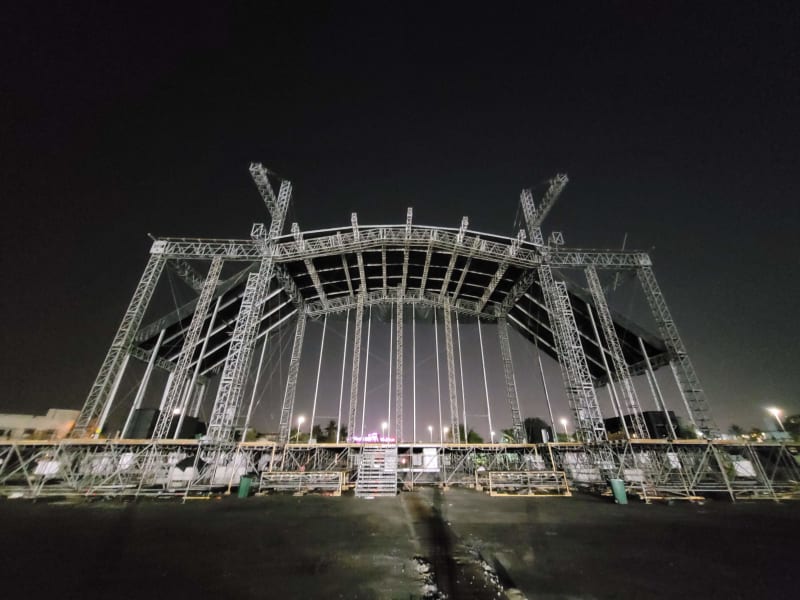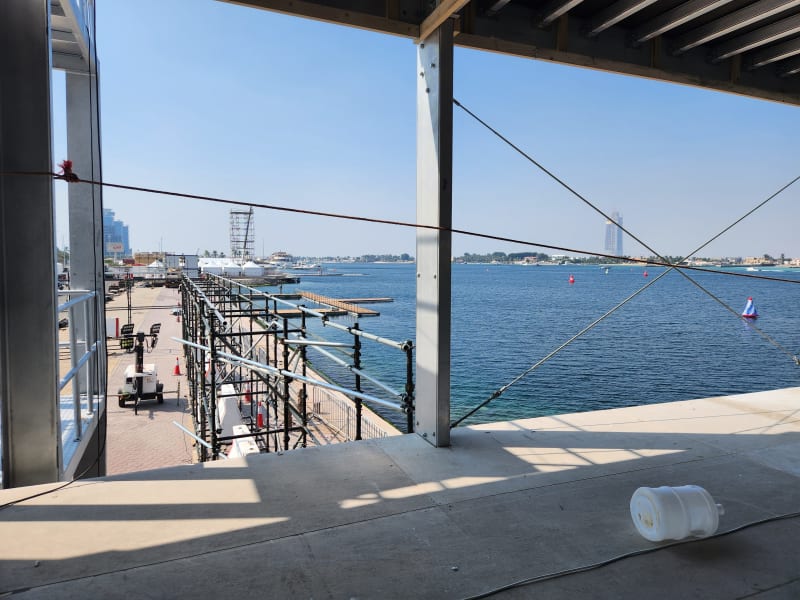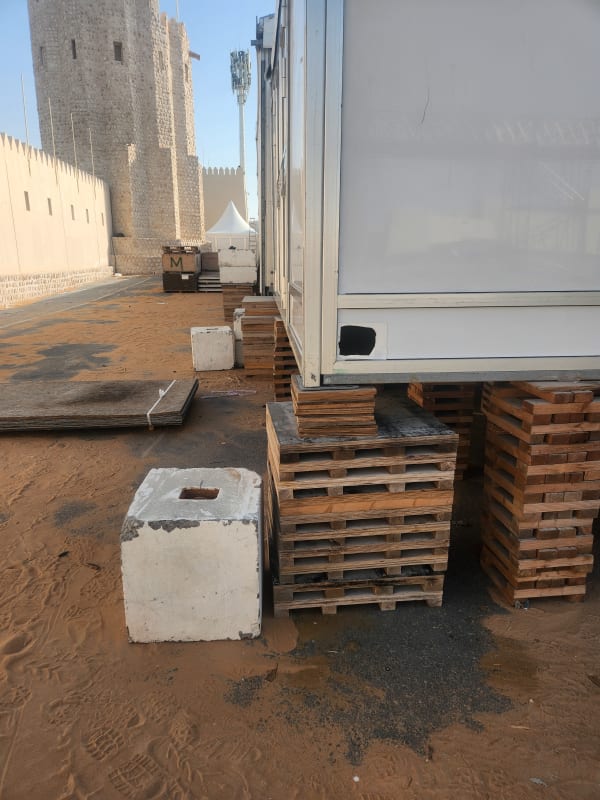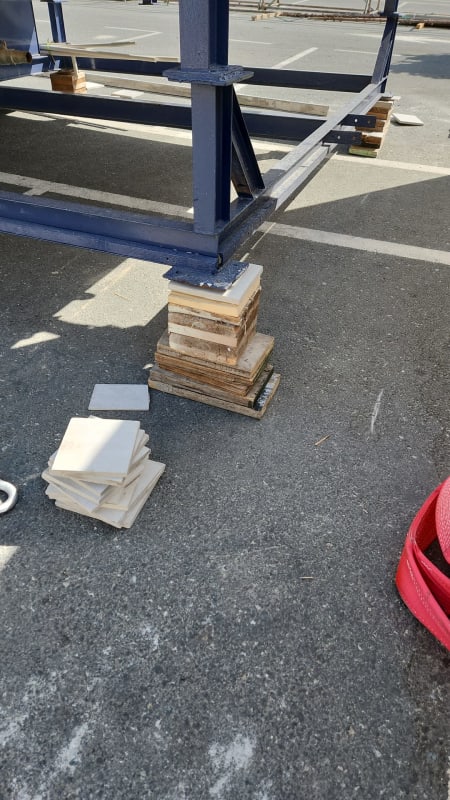SandyBill
Structural
- Oct 23, 2024
- 3
Apo0logies if this is an old question answered many times. My search came up with not a lot...
I am looking for best practice, old wisdom or preferably calculations relating to the construction of temporary supports for containers, offices, toilets etc on construction sites. Height to width ratios, best materials and the relative advantage and disadvantage of these (e.g. wood block vs concrete slab...) etc. It may be my inaccurate search technique, but i can't seem to find much on the subject. Which is why I have just joined Eng-Tips!
I am looking for best practice, old wisdom or preferably calculations relating to the construction of temporary supports for containers, offices, toilets etc on construction sites. Height to width ratios, best materials and the relative advantage and disadvantage of these (e.g. wood block vs concrete slab...) etc. It may be my inaccurate search technique, but i can't seem to find much on the subject. Which is why I have just joined Eng-Tips!

![[glasses] [glasses] [glasses]](/data/assets/smilies/glasses.gif)






